Amaryllis Has Leaf Scorch – Controlling Red Blotch Of Amaryllis Plants
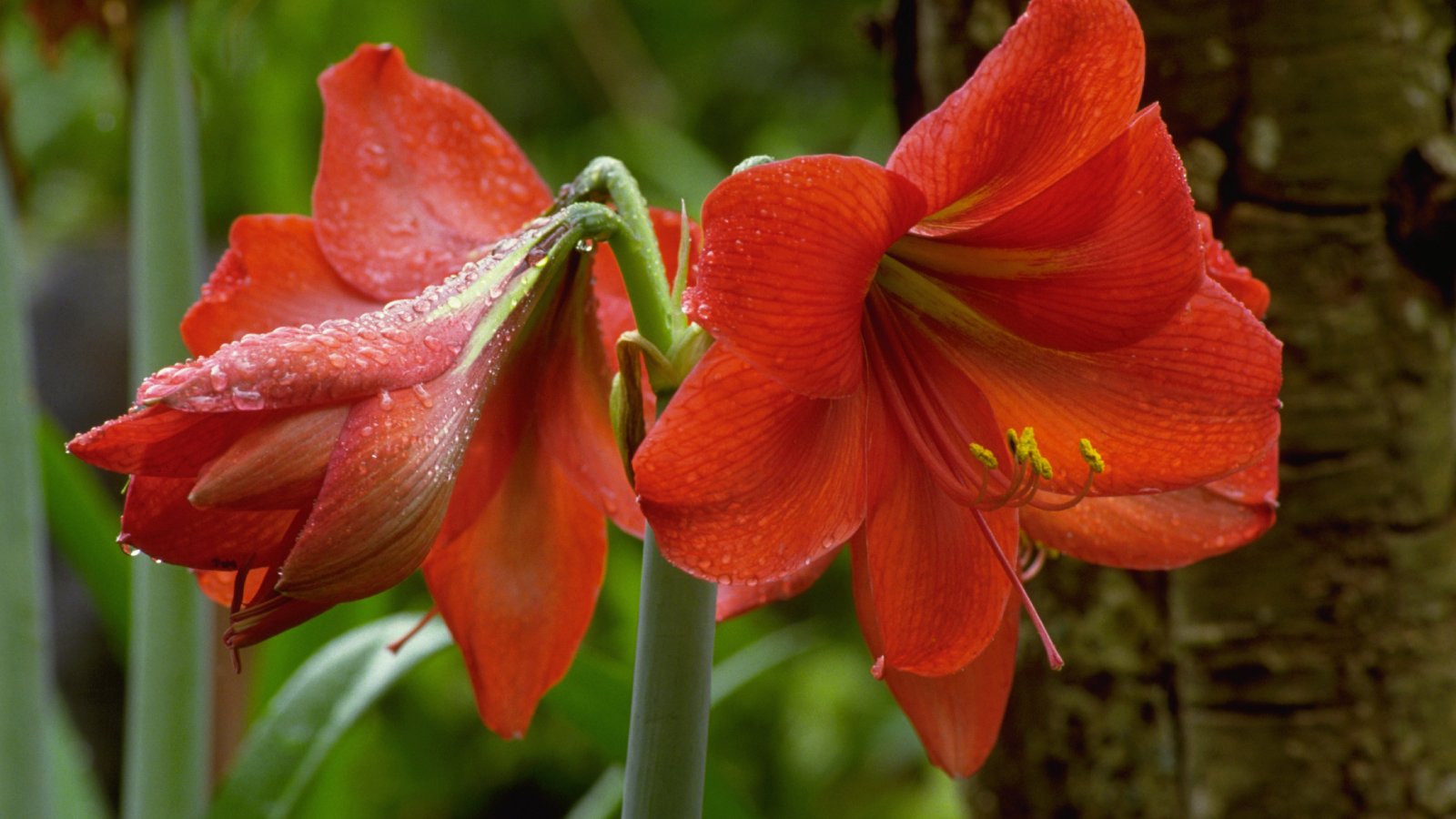

One of the most important aspects of amaryllis plants is the bloom. Depending upon the size of the flower bulb, amaryllis plants are known to produce magnificent clusters of large flowers. Amaryllis red blotch is one of the most common causes of failure of the plant to bloom. Find out what to do about it, and how to change your amaryllis care routine to save it.
What is Amaryllis Red Blotch?
Most commonly known for their potted plant culture during the holiday season, amaryllis is a beautiful tropical plant that thrives in warm climate flower beds. While the process of forcing these bulbs indoors in pots is extremely popular, growers living in USDA growing zones 9 to 11 can enjoy these plants outdoors with little care or maintenance. These flowers are relatively easy to grow, however, there are some issues that cause less than desirable outcomes, like red blotch of amaryllis.
Amaryllis red blotch, also known as amaryllis leaf scorch, is a fungal infection which is caused by the fungus Stagonospora curtisii. When an amaryllis has leaf scorch, growers may first notice small red spots along the length of the flower stalk. Over time, these spots will begin to darken.
These lesions cause the flower stalk to bend or curve at the infected points in the stem. While the plants may bloom if the issue is not severe, more serious cases of amaryllis red blotch may cause the flower stalk to wither before blooming can occur.
Amaryllis Leaf Scorch Control
Amaryllis red blotch is often misidentified, as the symptoms are very similar to that of damaged flower stalks or plants attacked by insects. These issues should always be taken into consideration when determining whether or not plants have become infected with this fungal disease.
For most growers, amaryllis which has failed to bloom can be a major disappointment. Like many fungal diseases, amaryllis with leaf scorch may be difficult to control. The best course of action when dealing with red blotch of amaryllis plants is prevention.
Maintaining healthy gardening practices will help diminish the likelihood of plant infection. These practices include the use of sterile potting soil, as well as making sure to avoid wetting the leaves of the plant when watering.
Gardening tips, videos, info and more delivered right to your inbox!
Sign up for the Gardening Know How newsletter today and receive a free copy of our e-book "How to Grow Delicious Tomatoes".

Tonya Barnett has been gardening for 13 years. Flowers are her passion. She has transformed her backyard into a cut flower garden, which she regularly chronicles on her YouTube channel http://www.youtube.com/@tonyawiththeflowers.
-
 Looking For Plants To Give You The Soft And Fuzzies? Try These 5 Fuzzy Leaf Plant Options
Looking For Plants To Give You The Soft And Fuzzies? Try These 5 Fuzzy Leaf Plant OptionsLovers of texture, drama, silver foliage and tactile plants will adore these special sensory garden additions. These fuzzy leaf plant options will leave you all aglow
By Susan Albert
-
 Get Ready For A Summer Of Hummers! Grow These Full Sun Hummingbird Plants and Flowers
Get Ready For A Summer Of Hummers! Grow These Full Sun Hummingbird Plants and FlowersIf you’re lucky enough to enjoy a sunny backyard, make sure you are maxing out on your pollinator opportunities and grow these full sun hummingbird plants and flowers
By Tonya Barnett
-
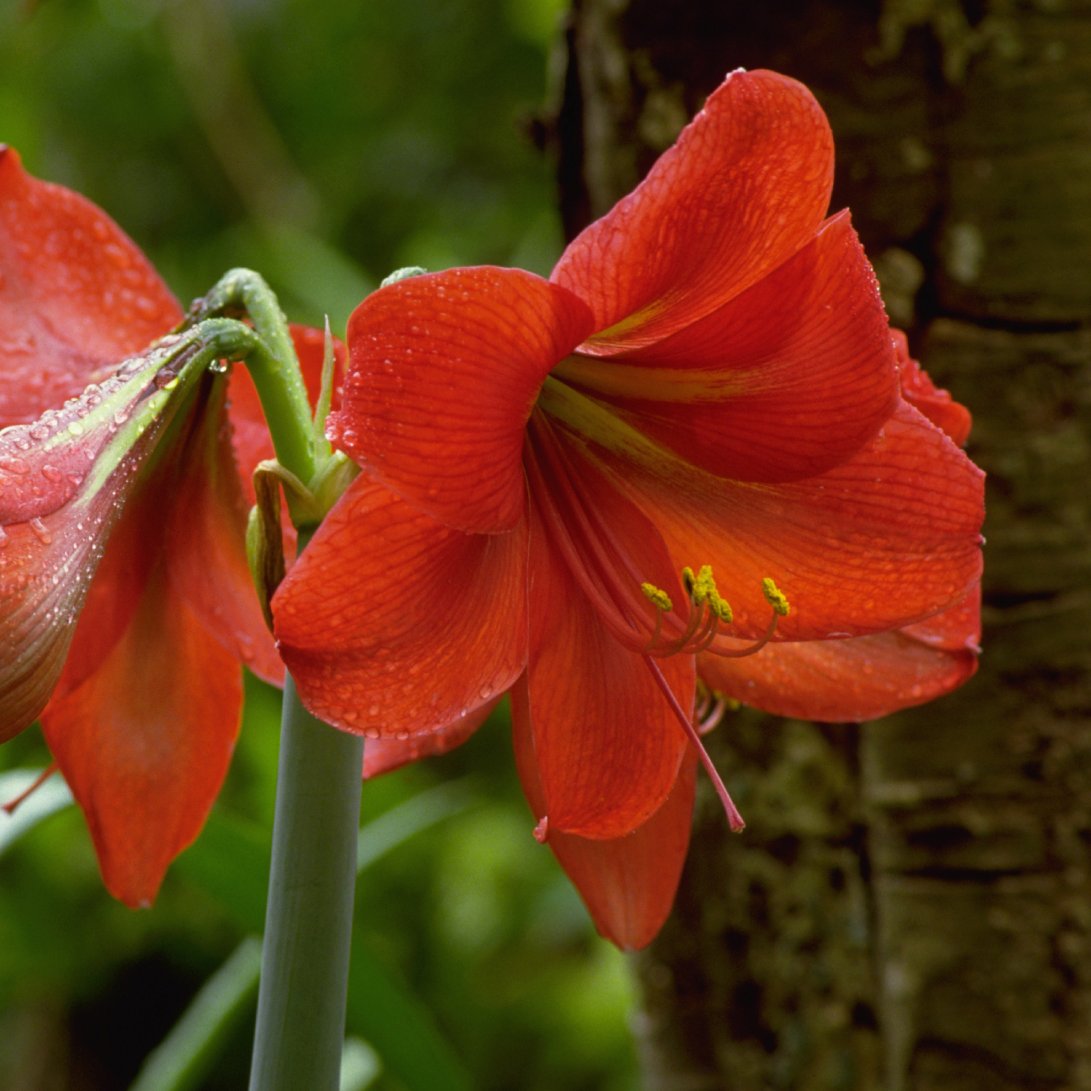 Amaryllis Southern Blight Disease: Recognizing Amaryllis Southern Blight Symptoms
Amaryllis Southern Blight Disease: Recognizing Amaryllis Southern Blight SymptomsBy Mary Ellen Ellis
-
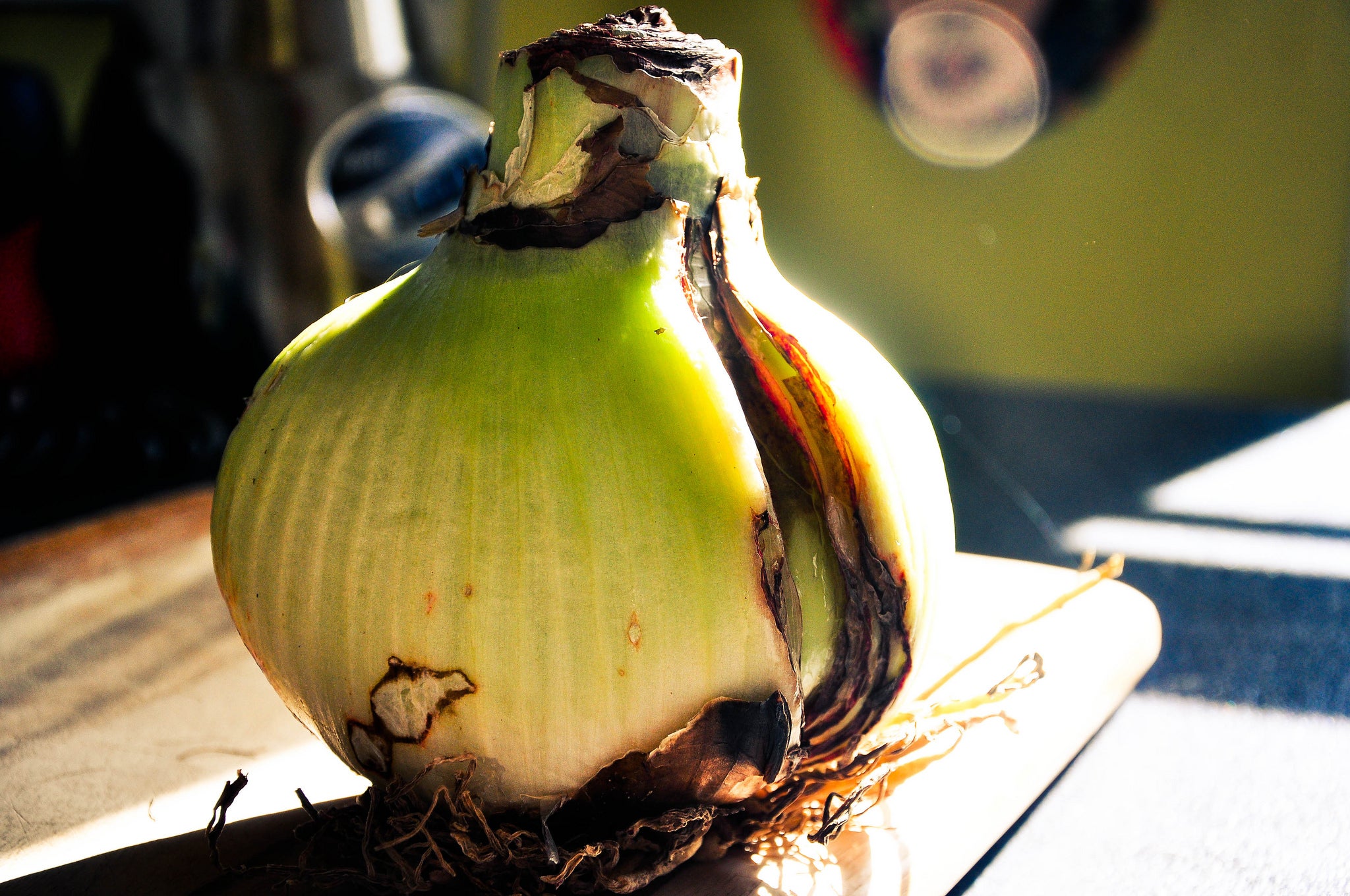 Amaryllis Bulb Rot – What Causes Rotten Amaryllis Bulbs
Amaryllis Bulb Rot – What Causes Rotten Amaryllis BulbsLike many potted plants, diseases and issues related to fungal infections can be detrimental to the development of the plant and may even cause it to die before it is able to bloom. Amaryllis bulb rot is one such issue. Learn more about this problem in the following article.
By Tonya Barnett
-
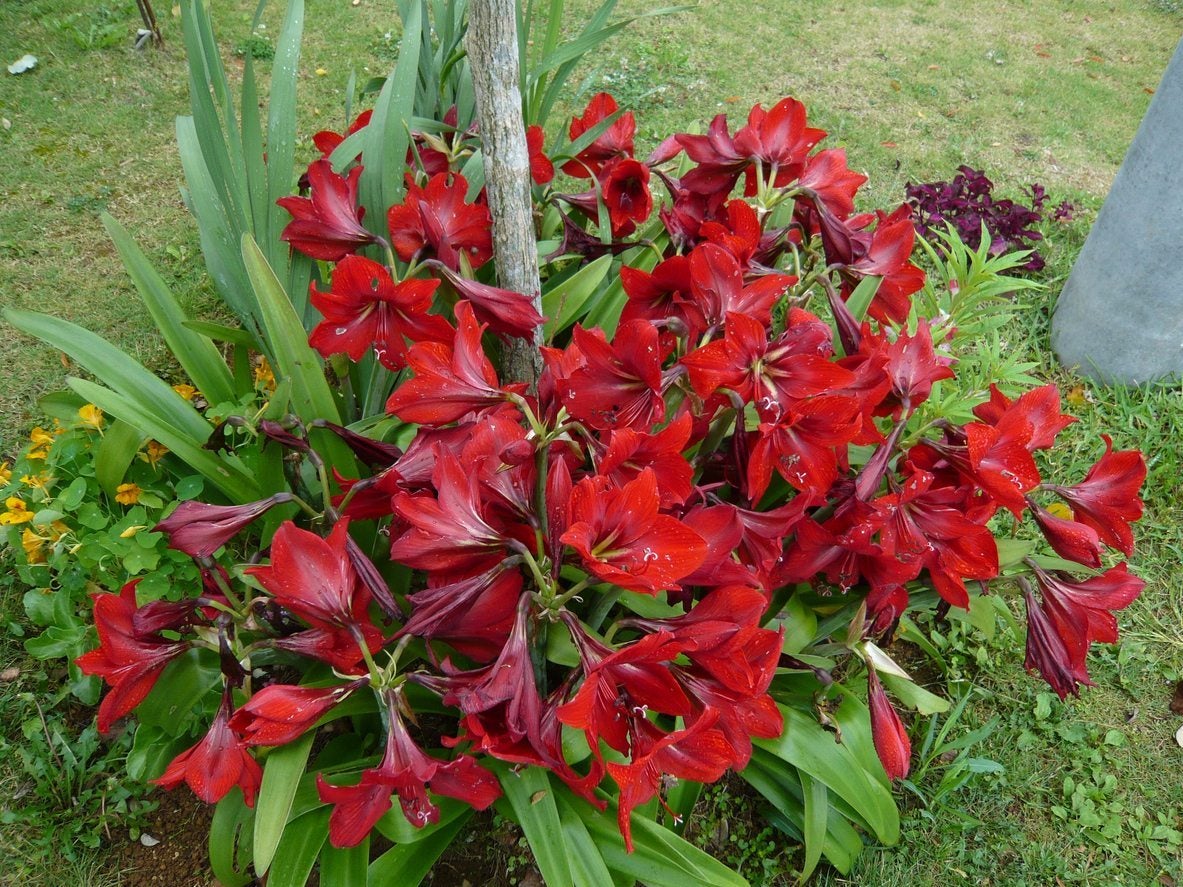 Separating Amaryllis Plants: How To Divide Amaryllis Bulbs In The Garden
Separating Amaryllis Plants: How To Divide Amaryllis Bulbs In The GardenLike many bulbs, in time and with the right environmental conditions, outdoor amaryllis bulbs will reproduce and naturalize. Amaryllis plant division is not only a way to control amaryllis colonies, but it also keeps plants healthy. Click here to learn more.
By Darcy Larum
-
 Complete Guide To Repotting Amaryllis – For Better Blooms & A Healthier Plant
Complete Guide To Repotting Amaryllis – For Better Blooms & A Healthier PlantAmaryllis plants don't need a lot of elbow room, but they do have to be repotted every 3-5 years. Wait until they're dormant and pick a slightly bigger pot.
By Teo Spengler
-
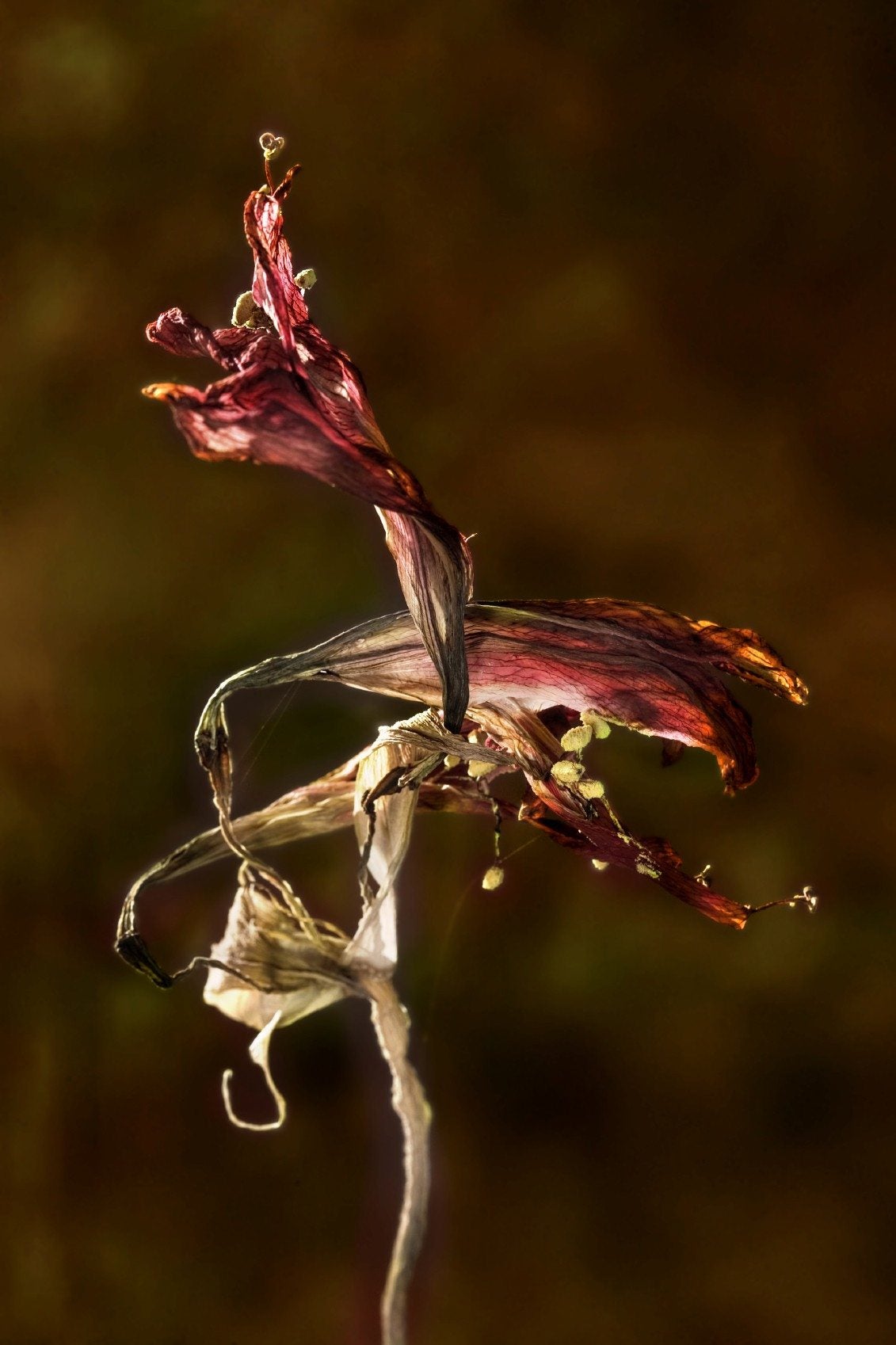 Amaryllis Seed Propagation: How To Plant An Amaryllis Seed
Amaryllis Seed Propagation: How To Plant An Amaryllis SeedIf you have some patience, you can produce and germinate your own amaryllis seed pods. Learn more about amaryllis seed propagation and how to plant an amaryllis seed in the article that follows. Click here for more information.
By Liz Baessler
-
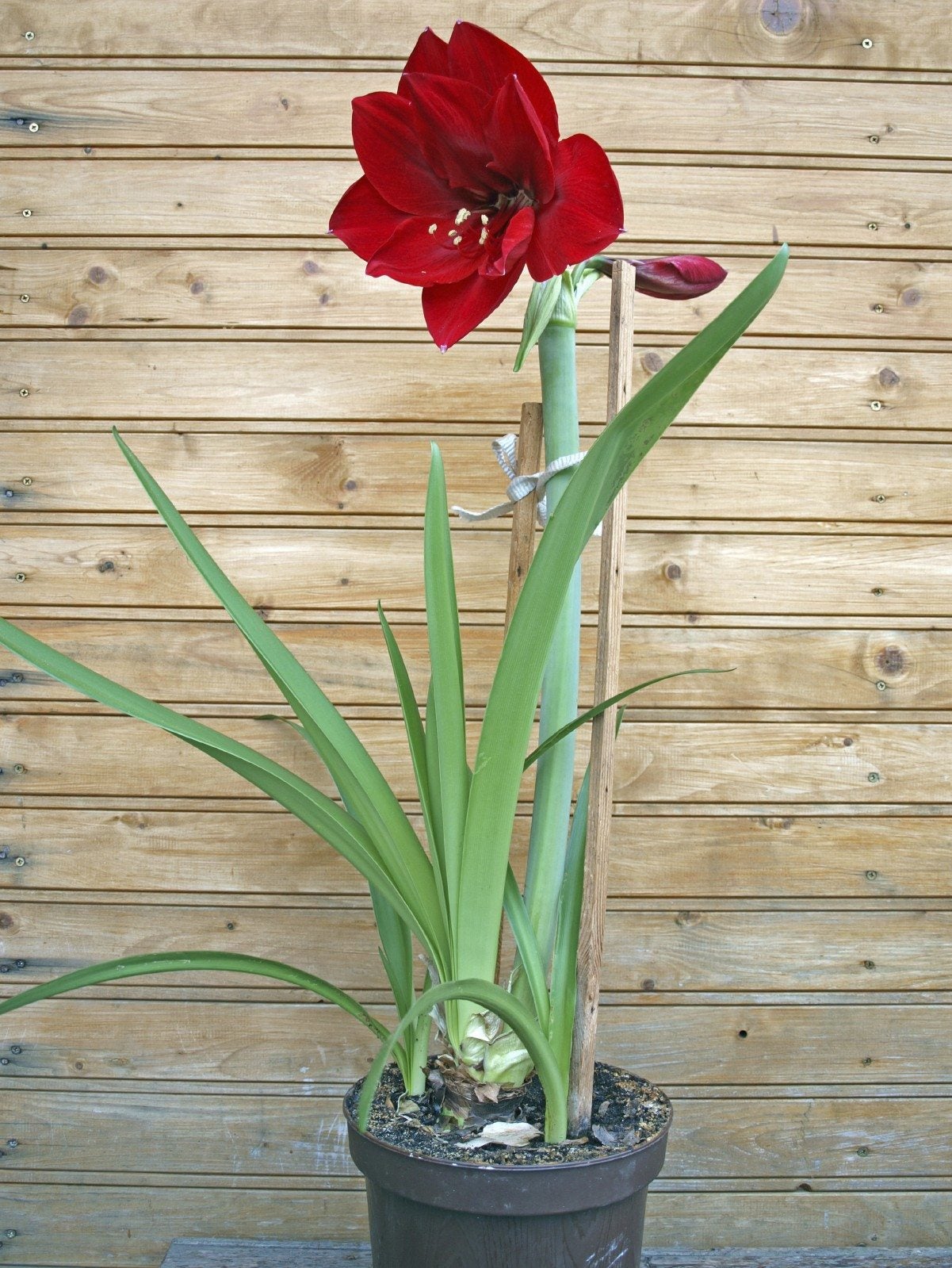 Staking An Amaryllis: Types Of Amaryllis Support Stakes
Staking An Amaryllis: Types Of Amaryllis Support StakesThe tall amaryllis stalks grow from bulbs, and each stalk bears four huge blooms. If your blooming plant gets top-heavy, you might need to learn about staking an amaryllis. Click this article for information about what to use for amaryllis plant support.
By Teo Spengler
-
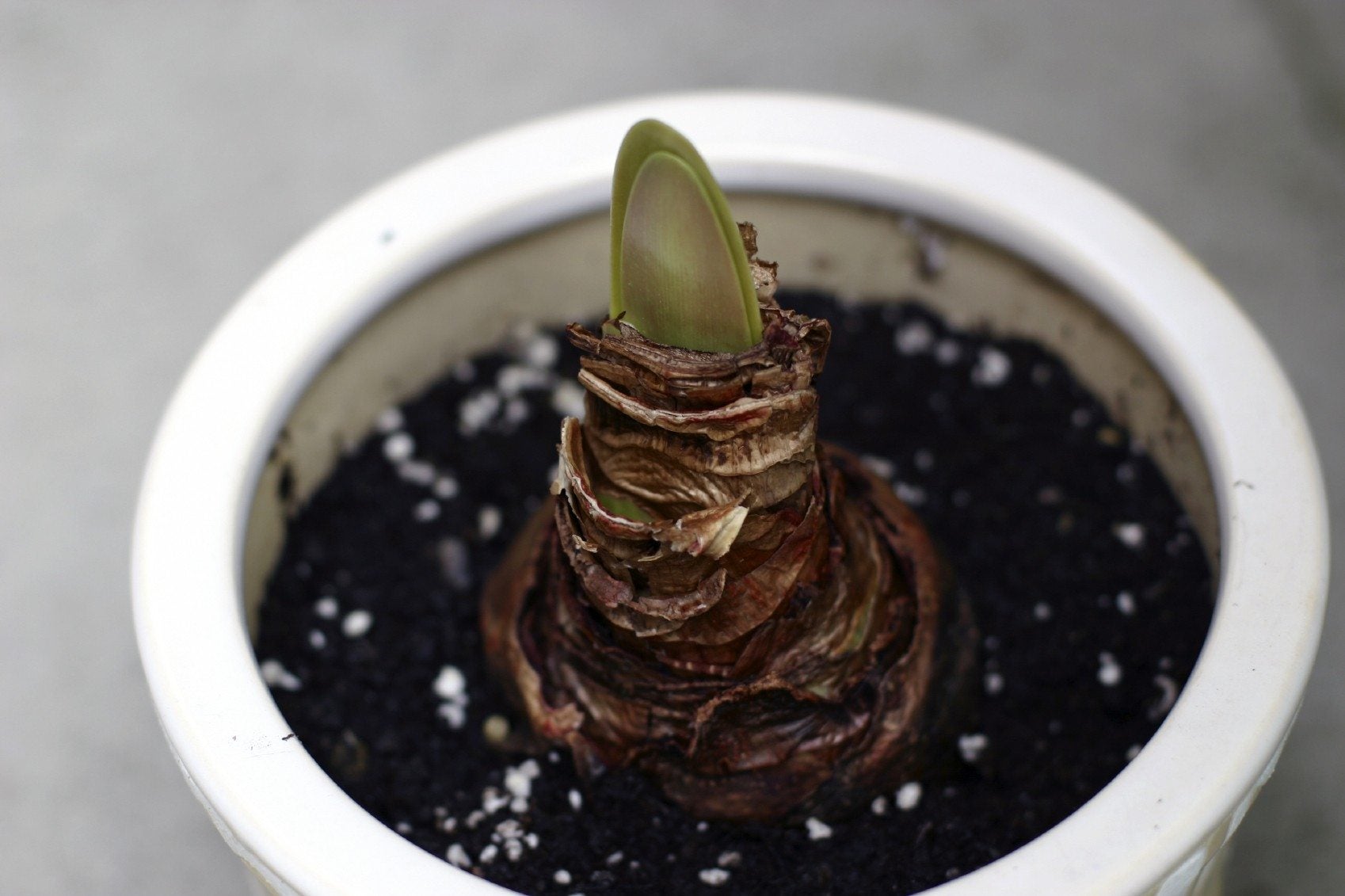 Soil For Amaryllis Plants – What Kind Of Soil Does Amaryllis Need
Soil For Amaryllis Plants – What Kind Of Soil Does Amaryllis NeedBecause it blooms in winter or early spring, amaryllis is almost always kept in a pot indoors, so you have more say in the kind of soil it grows in. So what kind of soil does amaryllis need? Learn about amaryllis soil requirements in this article.
By Liz Baessler
-
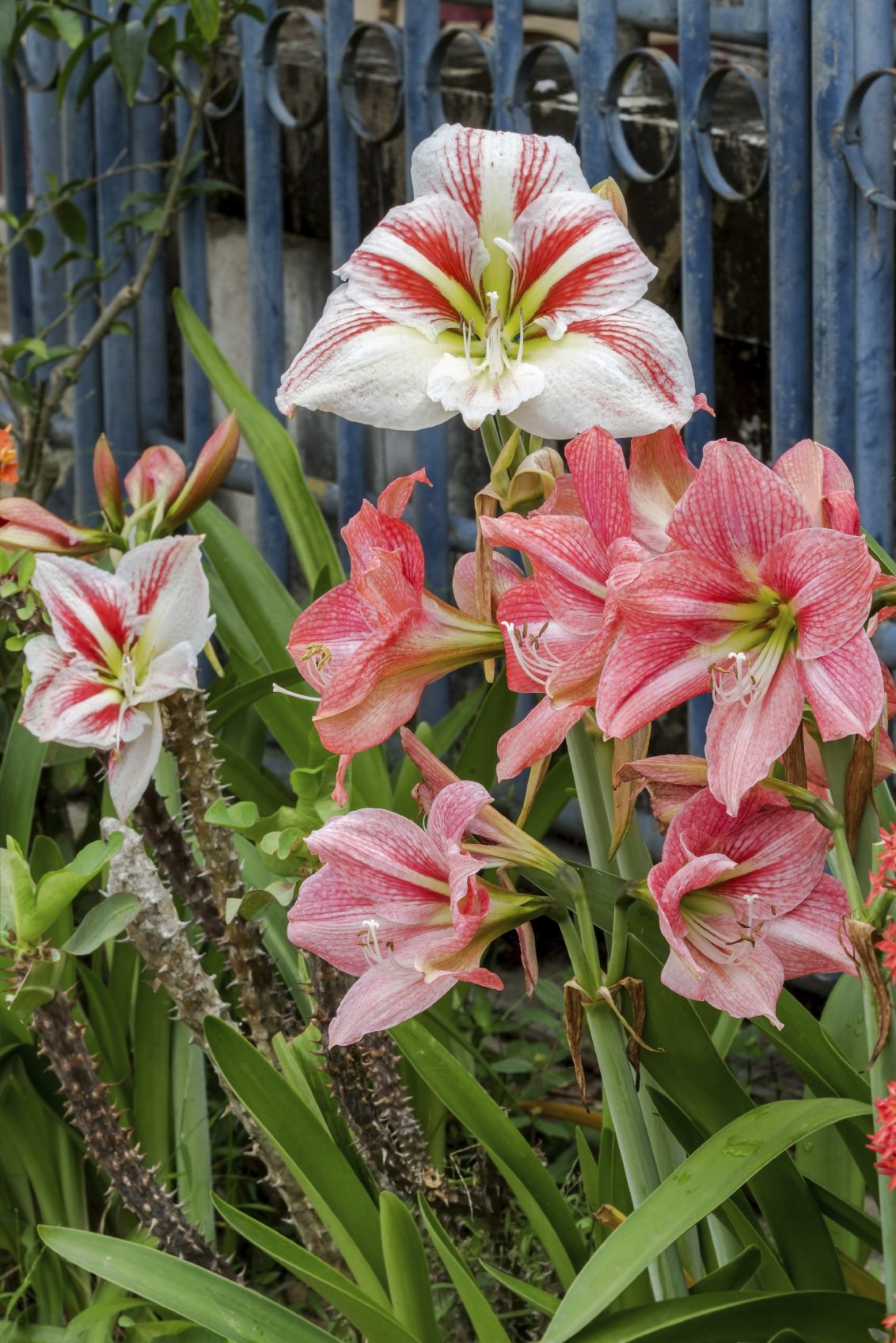 Amaryllis Flower Varieties: Different Types Of Amaryllis
Amaryllis Flower Varieties: Different Types Of AmaryllisAmaryllis is available in a variety of shapes and colors; in fact, almost too many different types of amaryllis to count. Click this article to learn about just a few of the many amaryllis flower varieties on the market.
By Mary H. Dyer